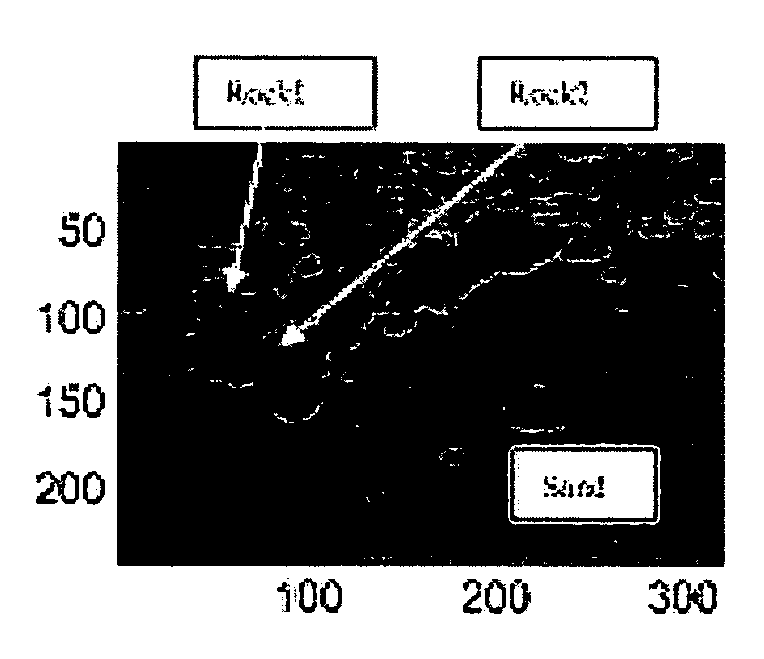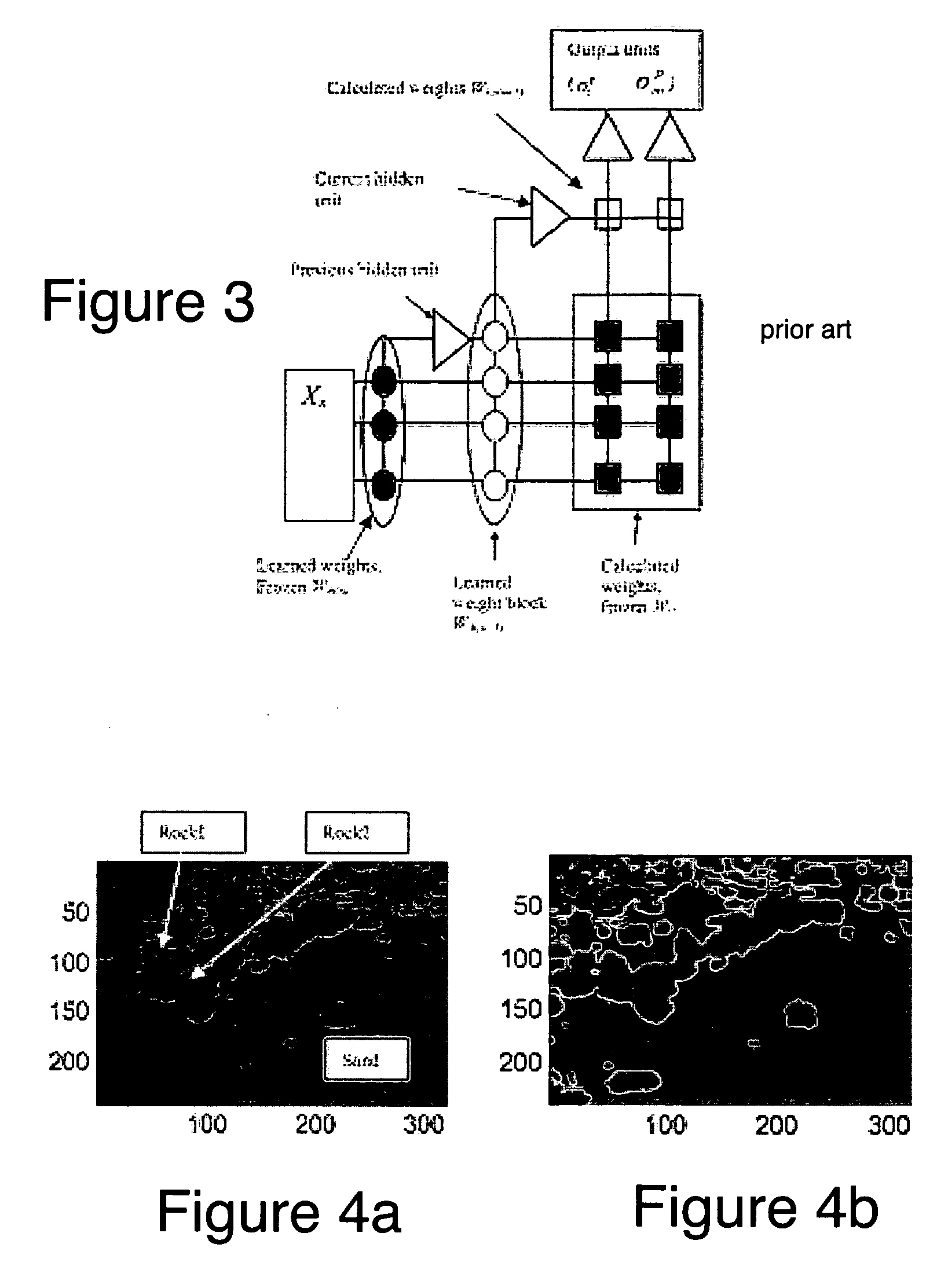Artificial intelligence systems for identifying objects
a technology of artificial intelligence and objects, applied in the field of artificial intelligence and security systems, can solve the problems of rule-based systems breaking down, overfitting data, and insufficient computing power to process data within reasonable tim
- Summary
- Abstract
- Description
- Claims
- Application Information
AI Technical Summary
Benefits of technology
Problems solved by technology
Method used
Image
Examples
Embodiment Construction
[0095]This technology has wide application in security systems where it can be very advantageous to be able to identify a human subject, by examining an image of the subject's face, comparing its extracted features against a database of extracted human face features and then making a computerized determination regarding whether the image of a human matches a human in the database.
[0096]As indicated above, the present disclosure relates to an adaptive feature-based method and an adaptive color-based method interact to solve the object recognition problem in a dynamic environment, in particular, when random changes take place. During testing done at JPL it was determined by on simulation of the architecture proposed herein that the combined detection using a shape feature based technique and a color based technique gives optimal detection of a region of interest and a minimized adaptive step can be used to update the methods when changes of shape and color occur. A preferred embodimen...
PUM
 Login to View More
Login to View More Abstract
Description
Claims
Application Information
 Login to View More
Login to View More - R&D
- Intellectual Property
- Life Sciences
- Materials
- Tech Scout
- Unparalleled Data Quality
- Higher Quality Content
- 60% Fewer Hallucinations
Browse by: Latest US Patents, China's latest patents, Technical Efficacy Thesaurus, Application Domain, Technology Topic, Popular Technical Reports.
© 2025 PatSnap. All rights reserved.Legal|Privacy policy|Modern Slavery Act Transparency Statement|Sitemap|About US| Contact US: help@patsnap.com



